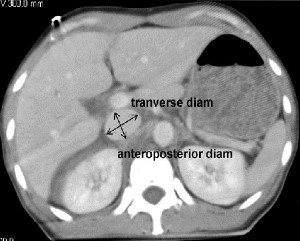Last year, we developed an evidence-based protocol for deciding what radiographic images to order in our blunt trauma patients. For some body regions, there is fairly good literature available for guidance (i.e. Canadian head and cervical spine rules). For other areas, there is not nearly as much.
We convened a small group of people, including trauma surgeons, emergency physicians, radiologists and a radiation physicist to combine the information into a practical tool.
You can view or download the worksheet we use by clicking the link at the bottom of this post. The protocol has been in use for about 9 months, and has significantly decreased the use of higher radiation dose imaging (CT). As a result, there has been a small increase in the use of lower dose conventional imaging (plain spine studies), but no missed injuries.
Tomorrow, I’ll write about the specifics of how this protocol has changed our ordering habits. Click here to view it.
Click here to download the Blunt Trauma Radiographic Imaging Protocol Worksheet
Click here to download a bibliography of the literature used to develop the protocol

